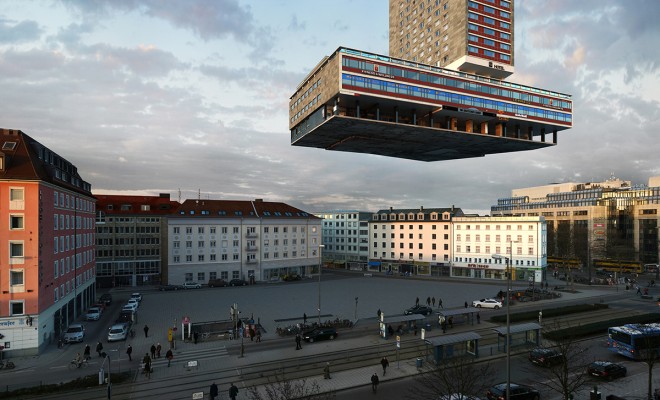 Photography: Victor Enrich
Photography: Victor Enrich
Creating the extraordinary
Works of Victor Enrich push the limits of what is called urban photography. The city portraits that he creates reflect a whole new world, where real and imaginary elements combine. Llamas’ Valley talks with an artist who mixes different mediums in his works to level up his works in new dimensions.
Could you tell us a little bit about your creative beginnings? How did you end up in the world of photography?
Basically I came to photography in my professional years as a 3D architectural illustrator. Many of the projects that were commissioned to me involved visiting the locations where the projects designed by my customers should be located in the future. Every new project, thus, was a new opportunity to explore new urban areas that should be photographed in order to use those photos as background plates for the 3D renderings. With years, the projects that I was getting from my customers began to bore me a bit. They were repetitive and the situations that I was encountering at work were not quite motivating for me. That is why one day I thought that it could be the time to start working on my own ideas instead of other people’s ideas. That was the beginning.
Cities seem to be the main focus of your photography. Why? What are the things that fascinate you about them?
Well, this is a love story that I have with cities since I can remember. I believe everything started at the age of 5 or something when I was collecting scale models of cars and I was using the free floor space of my parent’s house as a some sort of streets for my cars. Then everything evolved to new games and tools as long as I was getting older. It seems that urban space fascinates me. Perhaps it’s the geometry. How streets get connected with each other, or how buildings change from one place to another. Cities are like labyrinths to me in which it’s easy to get lost and find all sort of activities performed by strangers. I also like how cities have evolved in centuries. Since the first Mesopotamian settlements until the newest neighborhoods in Chinese cities.
NHDK is rather an ambitious and conceptual project. How did you come up with the concept?
Well, NHDK concentrates several assumptions that I had been concluding in the previous projects. The main one was quite simple, though. I was spending too much time for just one single image, so I had to do something in order to take more advantage of the hard work that represents creating these 3D scenarios. Options for me were from spending 3 months for just 1 picture or spending 8 months for as many pictures as I wanted. I chose the latter option. On the other hand by that time I had strong feelings about some certain sort of architecture designs that I had been acknowledging, and how it seemed to me that these projects were very banal and simple, and only focused in form. So I though it would be interesting to tell everyone how banal and superficial can be focusing only on the form. NHDK is in fact an exploration about the form, but not just any form, but the forms within the form and the restrictions of the form. The video is presented as an agonizing succession of forms that needs to come to an end some day before one goes totally nuts.
How did the creating process of NDHK look like?
Basically, like many other projects, but in this one more particularly, everything began with some obsession towards a specific building, for whatever the reason. In this case, the NH Deutscher Kaiser hotel in Munich.During the first 3 months I was in Munich I had no permanent living place and I had set the lockers of the central station as my main headquarters. It happened to be that the NH tower stood just few meters away from the central station, so I was passing before it twice per week during 3 months. So I took some pictures of it and I kept them for some time, one year almost. Back in Barcelona I took the pictures and I began with the 3D reconstruction. It was only by the end of the project when I decided to make a video and a set of 88 pictures.
88 photographs are also accompanied by 88 notes of the piano. What is the idea behind it?
All my works, until today, act as some sort of chapters from a personal diary. In each chapter there’s a subject that I’m talking about. And in this case, everything went around the idea that due to my architecure studies I had to drop my piano studies. It was a hard decision, even though it has turned out to be the wisest one, since my options for becoming someone in the music segment were quite reduced. However, during all the following years after dropping it I had this felling of blaming architecture for it, when actually it’s not like that. This video, in a way, acts as an internal reconciliation between architecture and piano. It’s the first time that these two get together, something that brings some peace to the conflict.
You’re continuing to explore the same theme with the project “Measure�?. What is it about?
Measure is an exception. This project was commissioned by an art gallery in New York and had to talk about the subject “measure” and it also had to depict the space where this gallery is located (Storefront for Art & Architecture), which is very peculiar by the way. Thinking about this premises I thought it could be interesting to use the building of the gallery as a new unit system, used to measure other buildings. So I made a research and I found out that a very important masterpiece of architecture, located in Barcelona, the 1937 Spanish Republic Pavilion, had the exact same length and height than the building in New York. It was just needed to place them together in order to check their dimensions.
Your project is seriously challenging the sphere of photography. What is the essence of photography for you? Do you think it should reflect reality or rather be just an another way to create your own, creative reality?
Photography has reached levels in which is not only a tool for capturing reality but to invent it as well. Photography is making its own space in the world of art. Yes, it has arrived lately, but it’s finally there, so it has to be considered in the same way that we analyze other artistic fields, such as paintings or sculpture. So, as to resume, we have total freedom to use photography in the best way we can to express what we have to express.
What do you think is the role of a photographer in nowadays’ society?
Well, nowadays, everyone is a photographer as we all have photo cameras embedded in our cell phones. However is the way how we use these (and other) cameras what diversifies the final results and sets who can be considered a true photographer. So, I believe that the key is intention. If you have an intention and you are using a camera to achieve to express that intention then you might be considered a photographer. Any intentions that let society overcome its daily issues, or learn about how vast can be our humanity are welcome. Be it as a photographer or as any other creative activity, from science to art.
What are your further ambitions?
My ambitions always strive for becoming more modern, more connected to our contemporaneity in order to be able to create art pieces that connect better with my environment. It’s a perception that is constantly changing so I’d rather not be able to guarantee what will be my next steps.


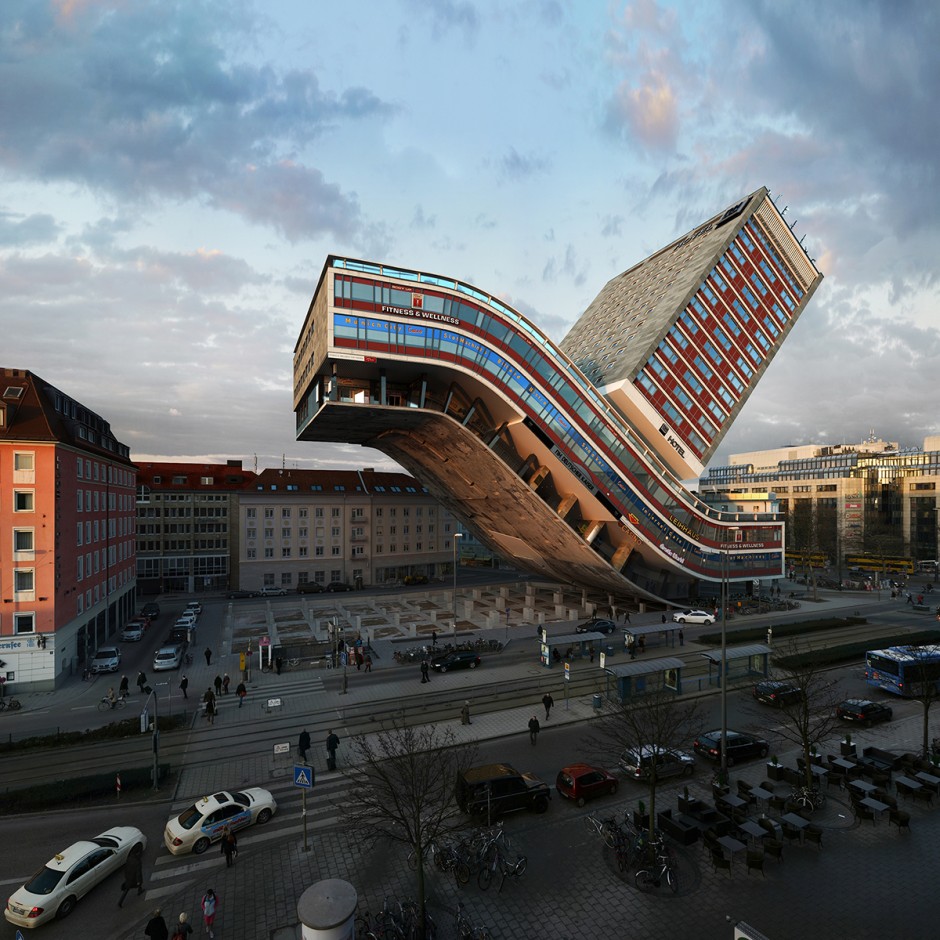
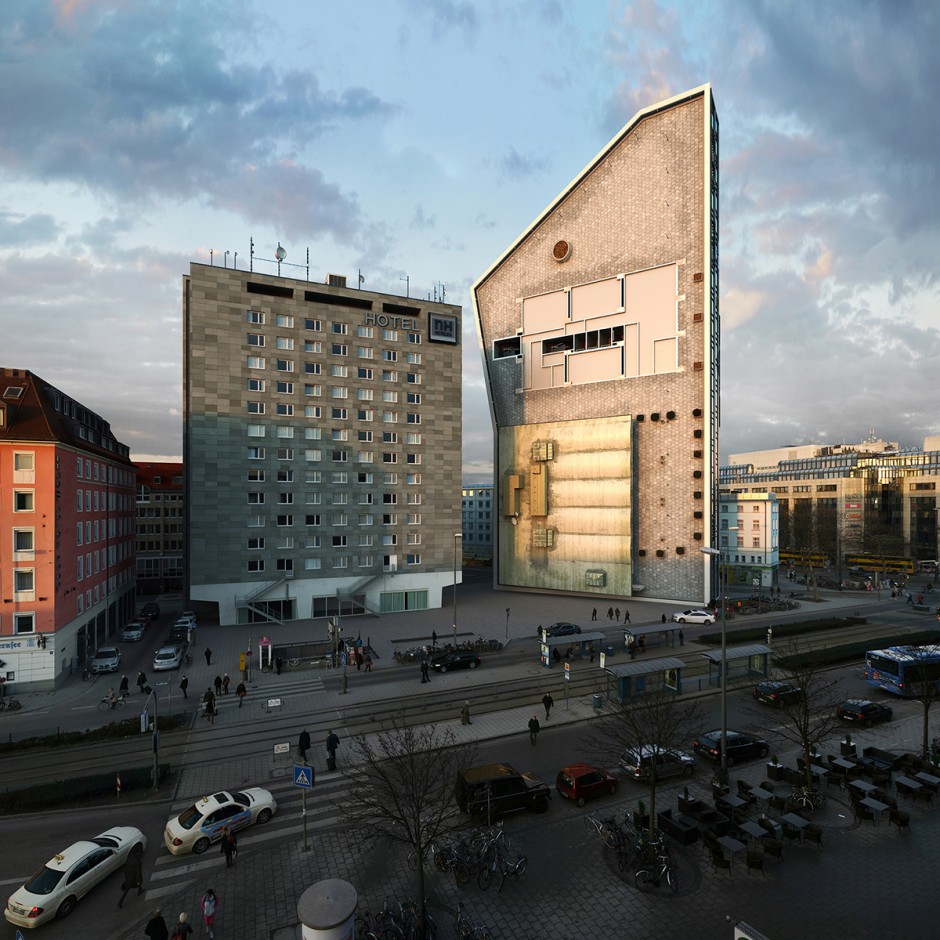
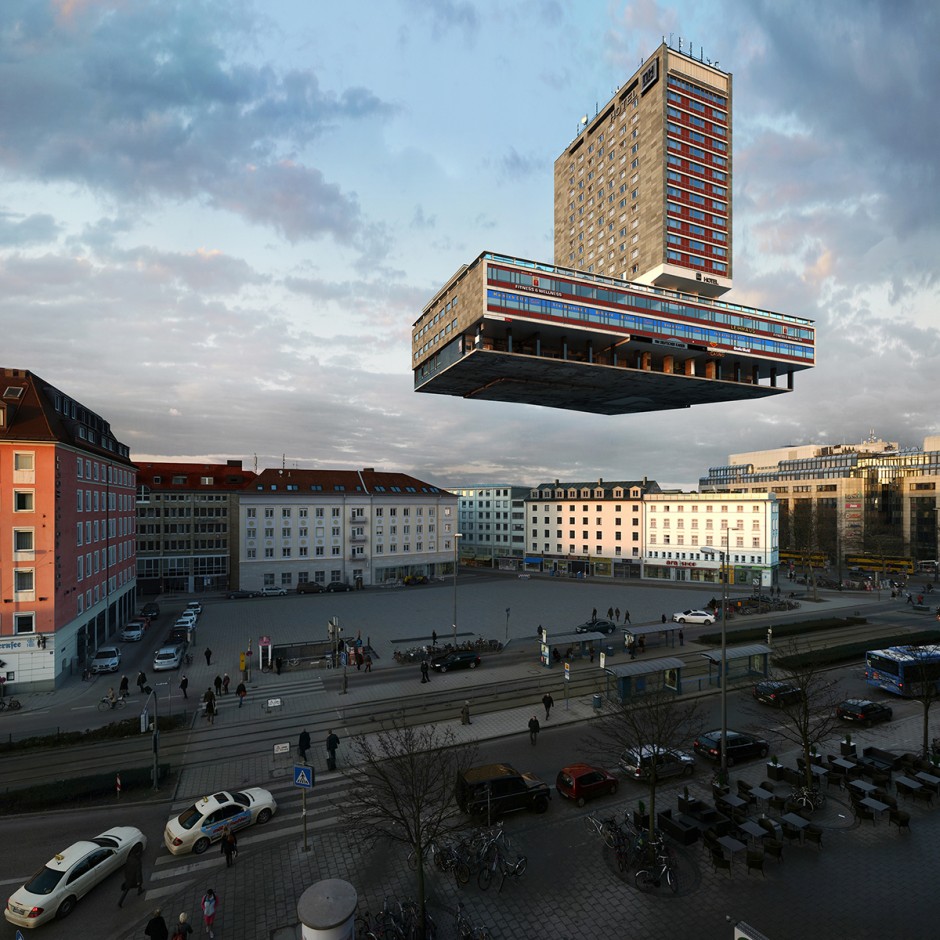
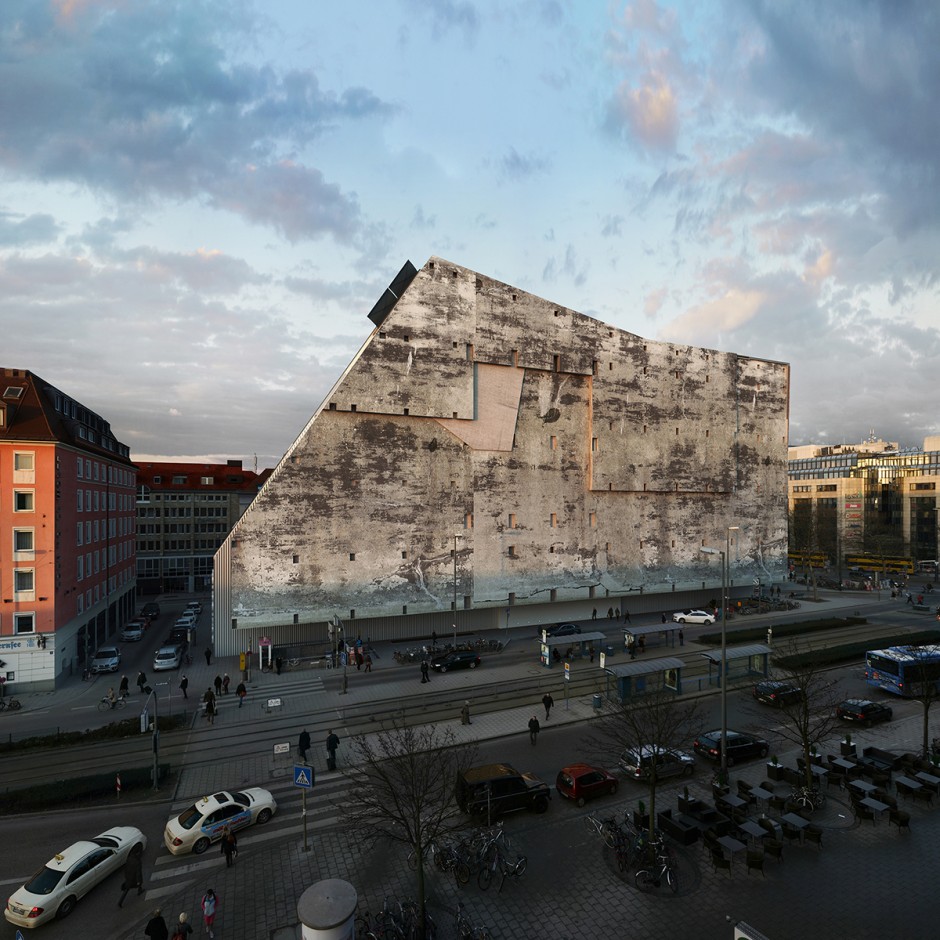
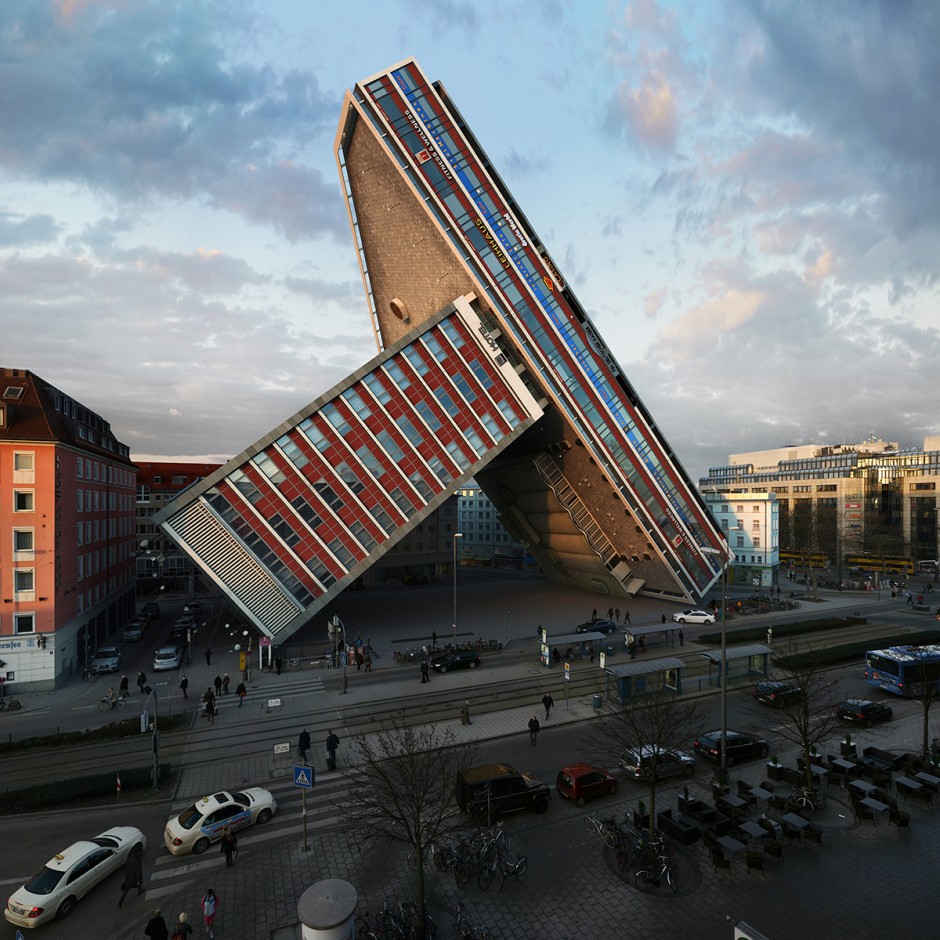
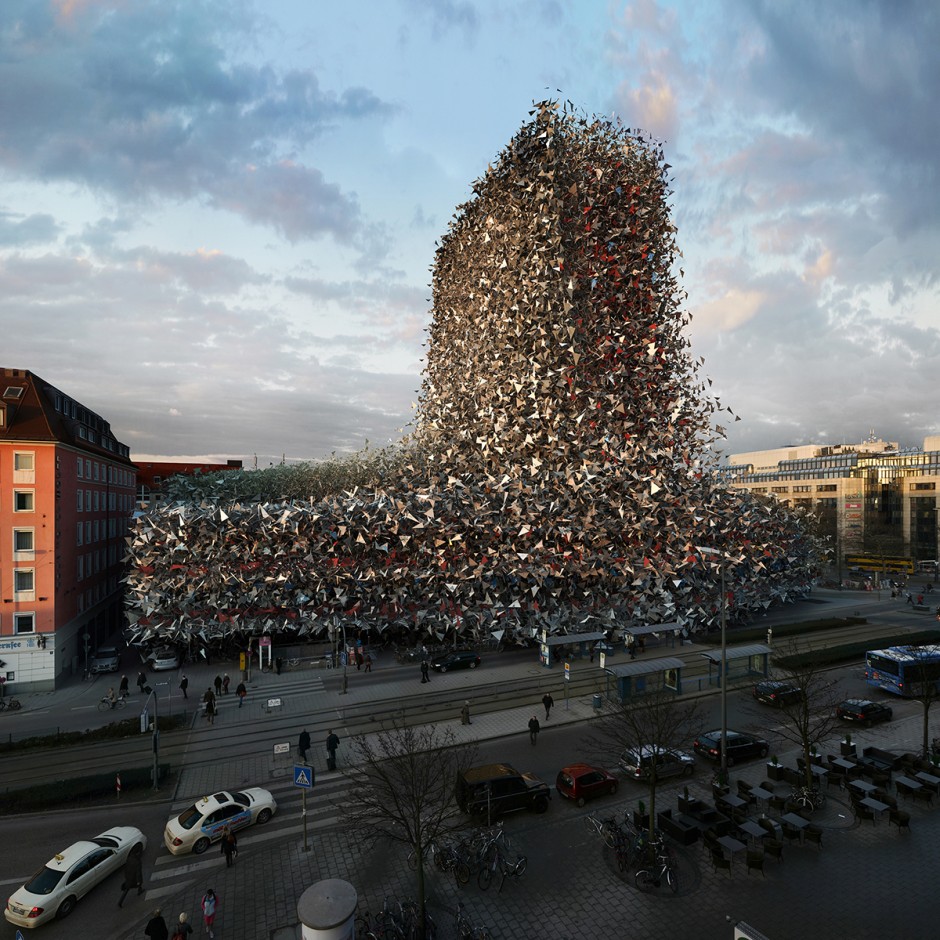
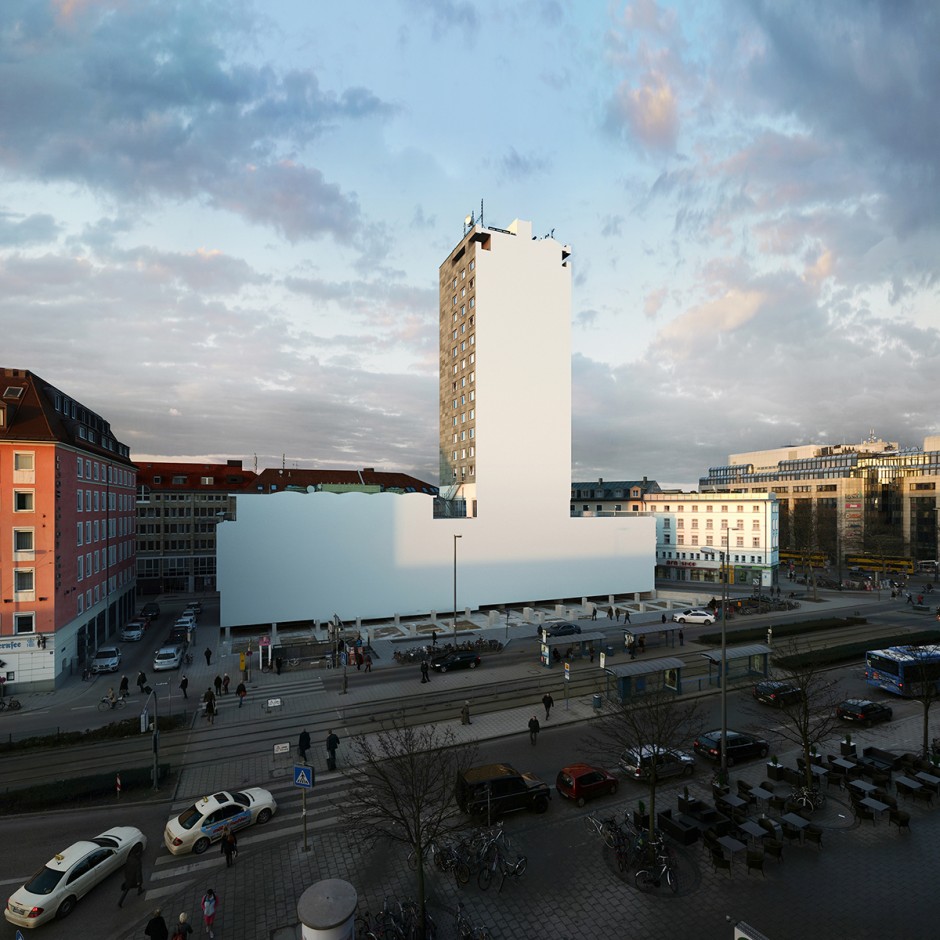
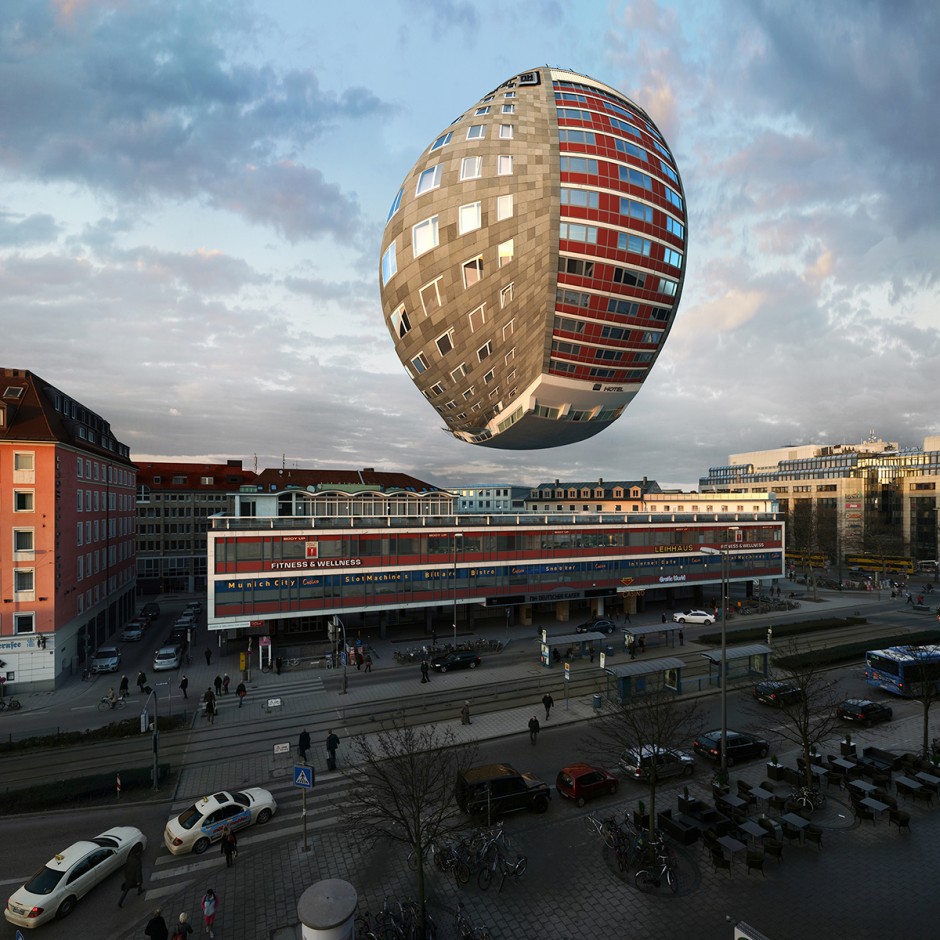
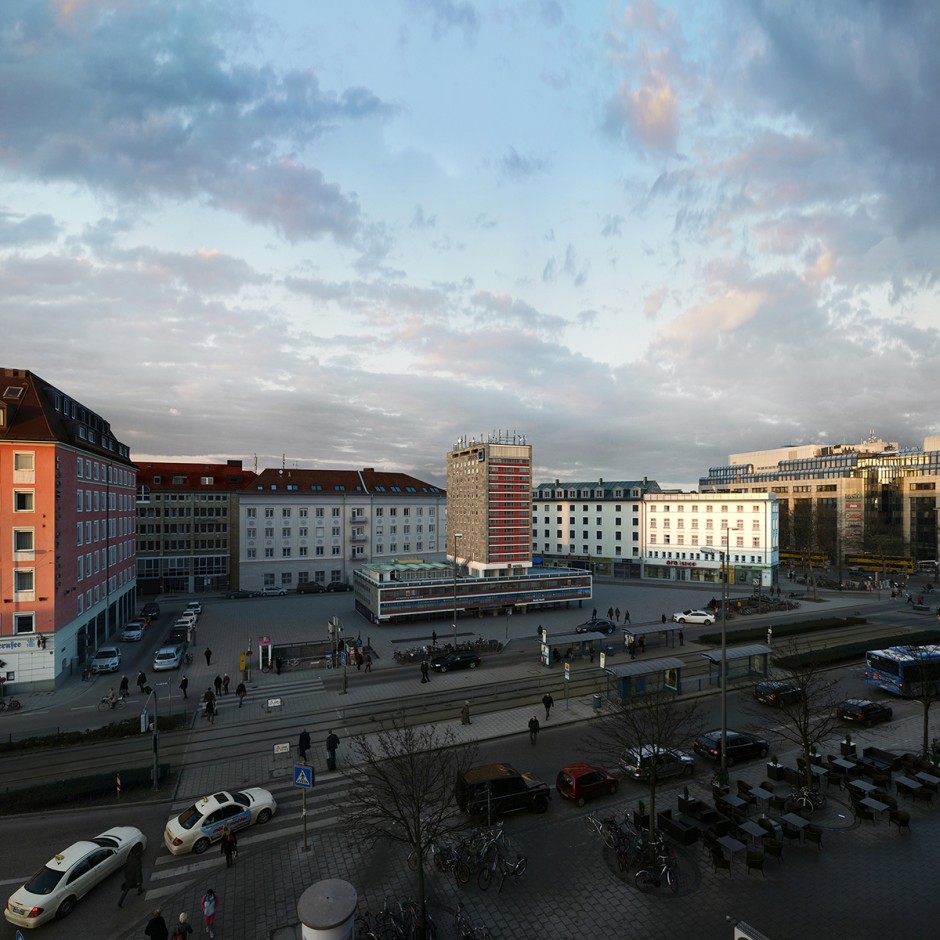
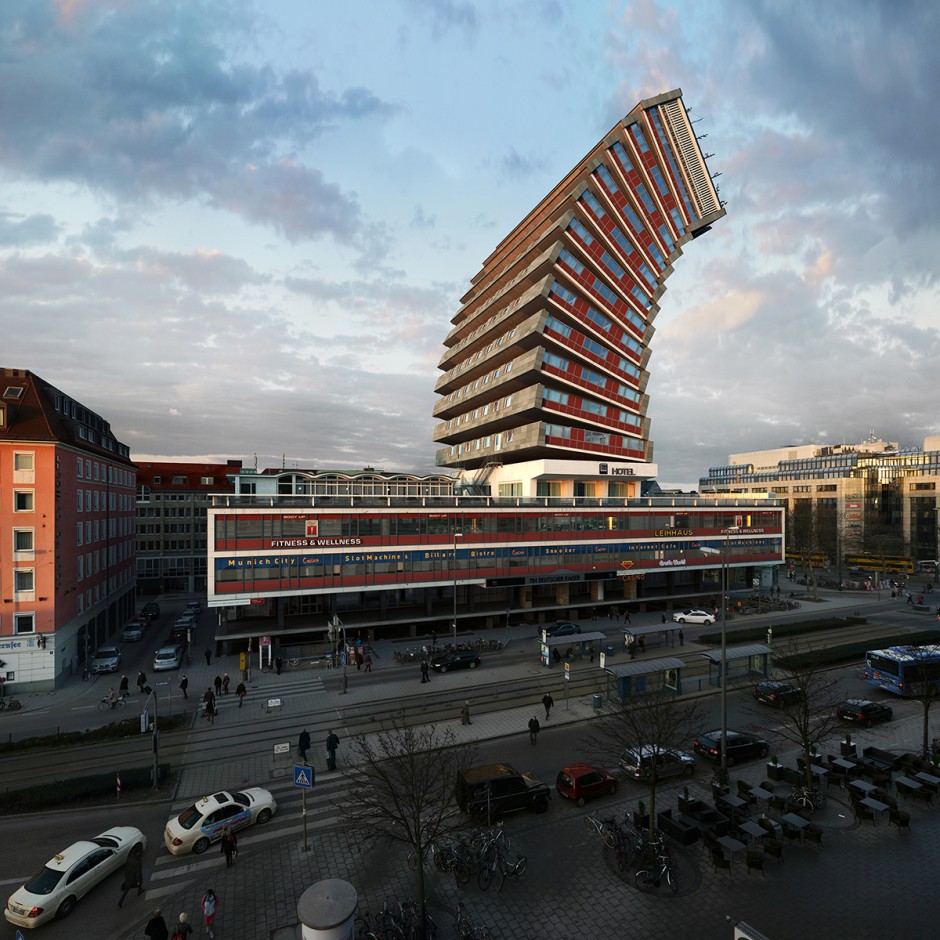
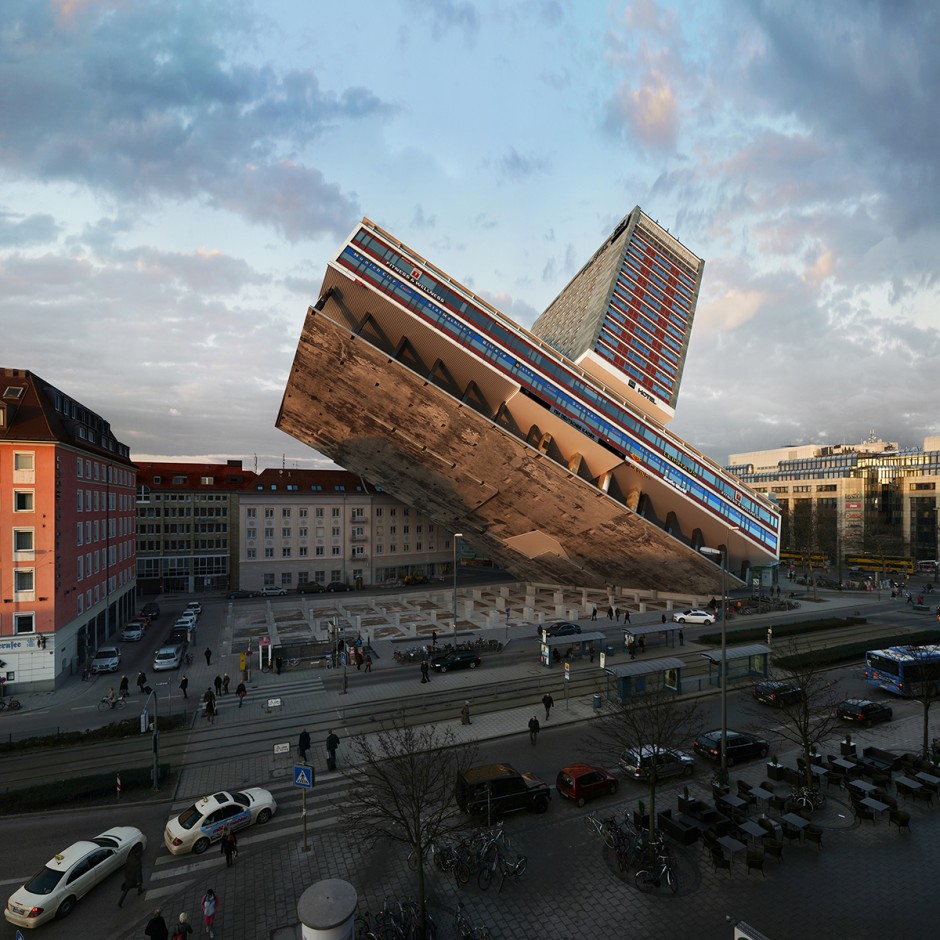
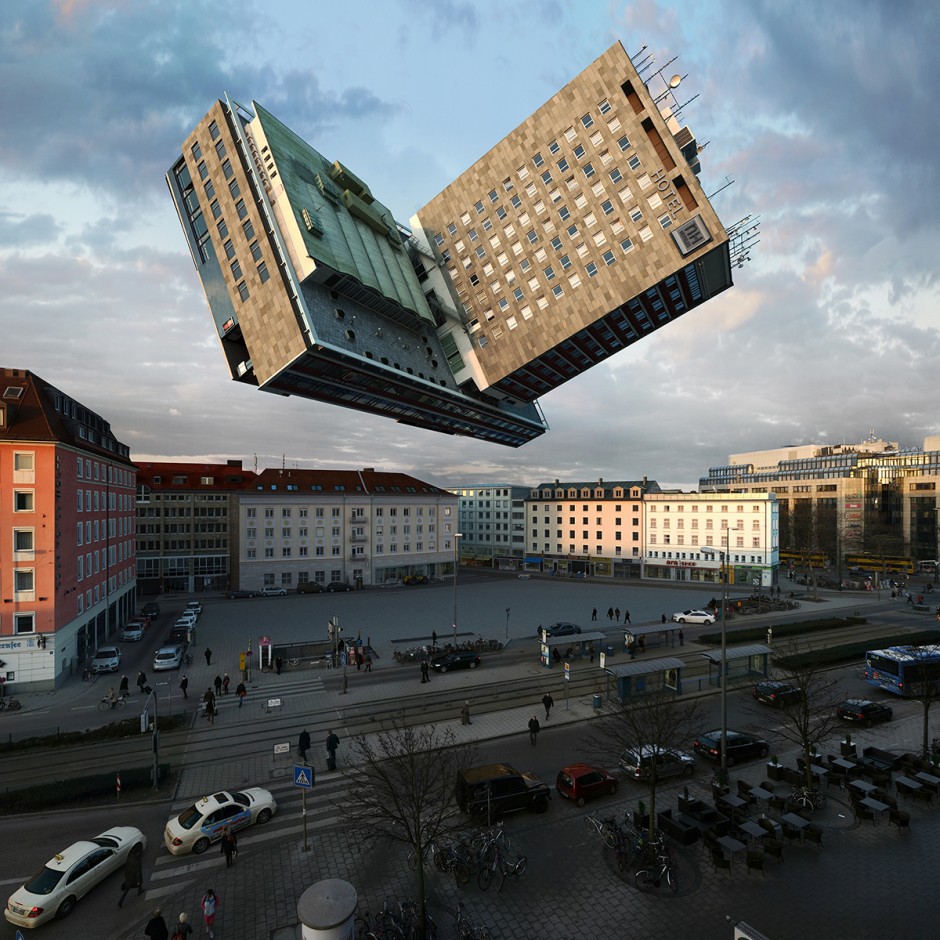
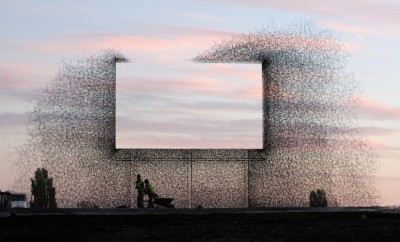
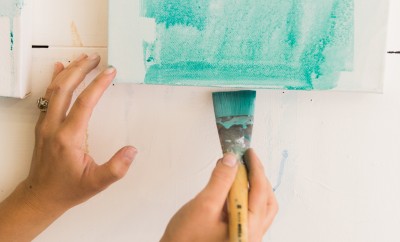
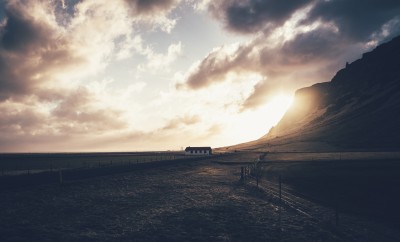

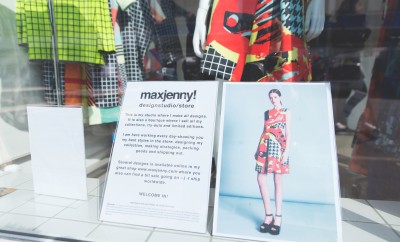
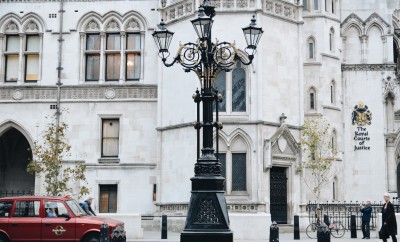
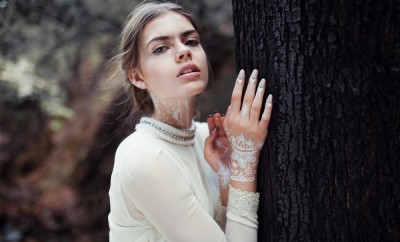
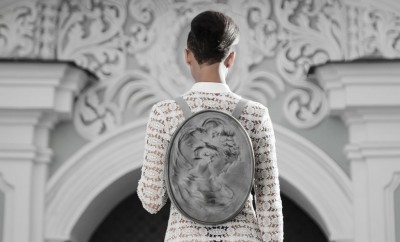

You must be logged in to post a comment Login